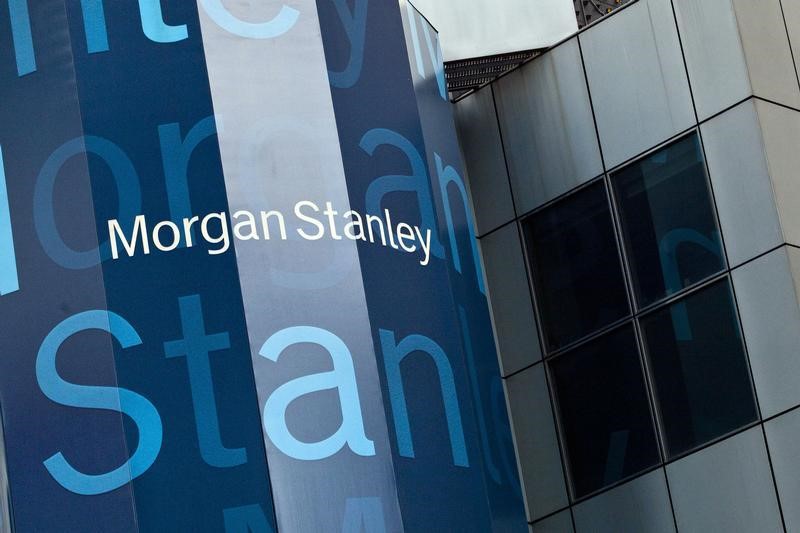On Wednesday, Morgan Stanley (NYSE:MS) reiterated its Underweight rating on General Mills (NYSE:GIS) with a consistent price target of $58.00. The firm anticipates a positive reaction from the market to General Mills' third-quarter results and the confirmation of its fiscal year 2024 guidance. General Mills surpassed expectations with a third-quarter earnings per share (EPS) of $1.17, outperforming the Morgan Stanley estimate and consensus of $1.00 and $1.05, respectively. This was facilitated by a 3% revenue outperformance relative to Street expectations and lower than projected selling, general and administrative (SG&A) expenditures, which balanced weaker than forecasted gross margins.
The company's organic sales decline of 1% was better than the consensus estimate of a 2.6% decrease. This was attributed to a favorable price and mix, which increased by 2%, set against a volume decrease of 2%. Notably, the North American Retail and Pet segments led this quarter's performance with sales exceeding expectations. The North American Retail's organic sales grew by 1%, in contrast to a 1.6% dip in scanner data, partly due to an approximate 2-point benefit from retailer inventory accumulation.
In their prepared remarks, General Mills highlighted several factors contributing to the top-line growth, including heightened demand for food at home (FAH) during the cold weather of January and emerging tailwinds such as moderating inflation, reduced supply chain disruptions, and growing consumer confidence. Despite a gross margin of 34% that showed a year-over-year improvement of 19 basis points, it fell short of the consensus prediction of 34.6%. The company pointed to benefits from holistic margin management (HMM) savings and pricing, which were counteracted by increased supply chain costs and input cost inflation, as well as volume deleverage.
The earnings before interest and taxes (EBIT) margin of 17.9% marked an increase of 219 basis points from the previous year and surpassed the consensus by 81 basis points. This was primarily due to SG&A expenses being 5% lower than Street forecasts, resulting in an EBIT that was 8% higher than consensus. The unexpected corporate expense reduction of $140 million year-over-year and robust performance in the Pet segment contributed to the EBIT outperformance, despite lower than anticipated EBIT across other segments.
This article was generated with the support of AI and reviewed by an editor. For more information see our T&C.
